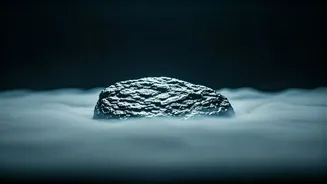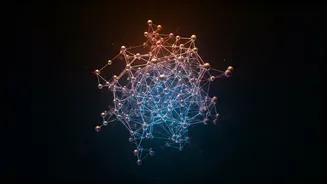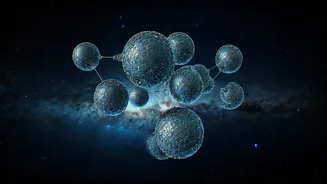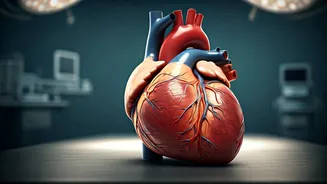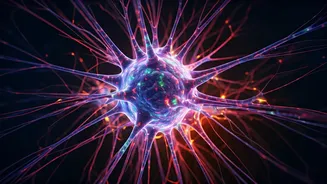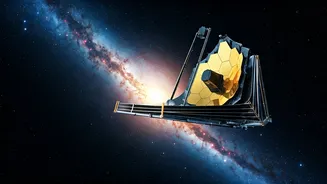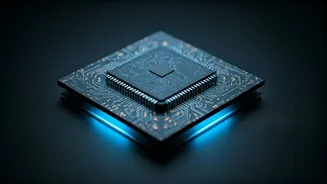Droplets and Surfaces
Scientists have been fascinated by the complex interactions of fluids and surfaces for quite some time. The study of droplets, especially those moving
at high speeds on hydrophobic surfaces, has revealed intriguing behaviors. Some droplets, under certain conditions, will stick to these surfaces, defying initial expectations. The explanation lies in the interplay of various forces, primarily surface tension and inertia. Understanding these dynamics is crucial for applications in various fields, from microfluidics to industrial processes. Droplets behave in such a unique manner when in contact with a solid surface. When a droplet impacts a hydrophobic surface, it often spreads out before retracting. If the droplet is moving fast enough, its momentum can overcome the surface tension, resulting in it sticking rather than bouncing off, or breaking apart. Surface tension, the force that holds the droplet together, is fighting against the inertia of the droplet’s movement. This dynamic is a complex dance between the surface properties and the droplet's kinetic energy.
Antiferromagnets for Memory
Traditional memory storage methods often rely on ferromagnets, where all the magnetic moments align in the same direction. Antiferromagnets, on the other hand, have magnetic moments that align in opposing directions, effectively canceling each other out. This seemingly contradictory arrangement could actually offer significant advantages for future memory devices. These materials have the potential to enable ultrafast, high-density memories. The key lies in the speed at which the magnetic state can be switched. Antiferromagnets, due to their internal structure, can switch much faster than ferromagnets. These properties make antiferromagnets attractive for applications where speed and data density are critical, like in advanced computing systems. The inherent stability of antiferromagnets can also contribute to enhanced data retention, ensuring the information stored remains reliable over time. Research in this area holds the promise of developing more efficient and powerful memory technologies.
Graphene's Unique States
Graphene, a single-layer sheet of carbon atoms arranged in a honeycomb lattice, continues to surprise scientists with its remarkable properties. Recent studies have unveiled 'doorway states' in graphene-based materials. These states refer to specific energy levels that allow electrons to move through the material in very particular ways. The discovery of doorway states in graphene provides new insights into the quantum behavior of electrons. The unique structure and electronic properties of graphene allow for the emergence of such distinct energy levels. When electrons are present in these doorway states, it dramatically affects their movement and how they interact with each other and the external environment. This phenomenon has major implications for developing new electronic devices. Understanding and controlling doorway states opens doors to exciting technological possibilities, including faster and more efficient electronic components and sensors. Scientists are working on harnessing these properties to create new generations of electronic devices, with capabilities far beyond what is currently possible.
Space-Time Crystals Emerge
A fascinating discovery has recently emerged in the world of physics: the creation of a space-time crystal in a liquid crystal. A space-time crystal is a state of matter that exhibits periodic behavior both in space and time, essentially oscillating without any external energy input. These unique structures represent a significant advance in our understanding of matter and the laws of physics. They present novel ways to manipulate materials at the quantum level. The implications of this are very profound, paving the way for applications in quantum computing and precision measurement technologies. The emergence of a space-time crystal is a rare phenomenon which requires very specific conditions. These crystals offer a testbed for studying fundamental physical principles. The exploration of space-time crystals is still in its early stages, but it’s already unlocking new avenues in scientific research.
